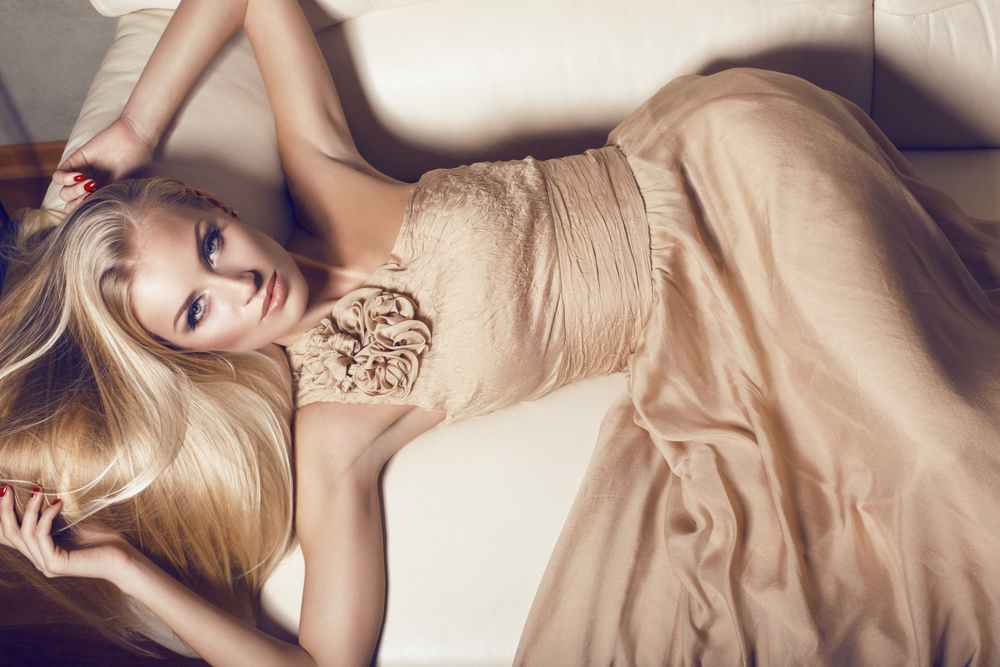
modeling is not just about being photogenic. It involves conveying a message, evoking emotions, and telling a story through still images. The way a model poses can make or break a photoshoot. In this article, we will explore the art of posing and discover how to master the skills required to become an exceptional model.
The Importance of Posing
Posing is a crucial element of any photoshoot. It helps capture the essence of the subject and communicates a specific mood or message. Models who understand the art of posing can transform ordinary images into timeless pieces of art.
Posing allows a model to shape their body to create visually pleasing lines and angles. It emphasizes strengths and minimizes flaws, ensuring that the final image is both aesthetically pleasing and impactful. Additionally, proper posing can give models a sense of confidence, which shines through in the photographs.
Whether you are a beginner or an experienced model, honing your posing skills is essential. So let's dive into the techniques and tips that can help you become a master of posing.
Mastering the Basics
Before delving into complex poses, it is crucial to master the fundamentals of modelling poses. These basics will lay the foundation for your posing skills and help you create strong, impactful images.
1. Body Posture
The way you hold your body affects the entire image. Pay attention to your posture and aim for a straight back and relaxed shoulders. Avoid slouching or stiffening up, as this can make the image appear unnatural. Keeping your body relaxed and fluid creates a sense of ease in the photograph.
2. Facial Expressions
modelling (or modeling) is not just about the body; it's also about conveying emotions through facial expressions. Practice different expressions in front of a mirror to understand how your face reacts to various emotions. Experiment with both subtle and dramatic expressions to create a range of moods in your photographs.
3. Hand and Arm Placement
Posing your hands and arms can be challenging, but it's essential to avoid awkward or unnatural-looking positions. Relax your fingers and avoid clenching your fists. Create soft curves with your hands and avoid pressing them against your body. Experiment with different arm positions, such as resting them on your hips, crossing them over your chest, or placing them on props if available.
Creating Dynamic Poses
Once you have mastered the basics, it's time to move beyond static poses and explore dynamic and visually engaging positions. Dynamic poses add energy and movement to the image, grabbing the viewer's attention and creating a sense of intrigue.
1. Focus on the Eyes
The eyes are powerful tools for storytelling. Use them to create a connection with the camera and the viewer. Experiment with different eye movements and gazes. Whether it's maintaining direct eye contact with the camera or looking away, make sure your eyes convey the desired emotion or message.
2. Body Movement
Avoid stagnant poses and instead incorporate movement into your shots. This can be achieved by walking, twirling, or even jumping. Dynamic movement adds a sense of liveliness and energy to the image. Experiment with different poses that involve body movement and find what works best for you and the concept of the photoshoot.
3. Props and Accessories
Using props and accessories can enhance your poses and add depth to the overall image. Whether it's a hat, a chair, or a flower, props can help tell a story and provide something for the model to interact with. Be creative and experiment with different types of props to create unique and eye-catching poses.
Frequently Asked Questions
Q1: How can I become more confident in front of the camera?
A1: Confidence comes with practice. Spend time in front of the mirror experimenting with poses and expressions. As you become more familiar with your body and facial features, your confidence will grow. Additionally, working with professional photographers and attending modeling (by models) workshops can help boost your confidence.
Q2: How do I pose with a group of models?
A2: When posing with a group, it's important to create harmony and balance. Coordinate your poses to avoid clashing or overlapping. Pay attention to the overall composition and ensure that each model has their own space and is visible in the frame.
Q3: How should I prepare for a photoshoot?
A3: Before a photoshoot, make sure to get plenty of rest and hydrate yourself. Prepare your outfits and any accessories or props that might be required. Practice different poses and expressions to warm up and feel comfortable in front of the camera.
Q4: Should I always smile in photos?
A4: Smiling is not mandatory in modeling (or modelling) . It depends on the concept and the mood the photographer wants to capture. Experiment with different expressions, including serious or thoughtful looks, to add variety to your portfolio.
Q5: How can I avoid looking stiff in photographs?
A5: To avoid looking stiff, practice relaxation techniques before and during the photoshoot. Take deep breaths and loosen up any tension in your body. Follow the photographer's directions while adding your personal touch to the poses to appear natural and at ease.
Modeling is an art form that requires continuous learning and exploration. Developing posing skills is crucial for creating captivating images that leave a lasting impact. Master the art of posing by understanding the basics, experimenting with different poses, and refining your techniques. With dedication and practice, you can become a masterful model capable of bringing life and emotion to every photoshoot.
Other useful resources
- https://en.wikipedia.org/wiki/Category:Modeling_(profession)
- https://www.planetmodelphoto.com/models/modeling/usa/wilmington/nc-north-carolina
- https://www.planetmodelphoto.com
- https://blog.planetmodelphoto.com